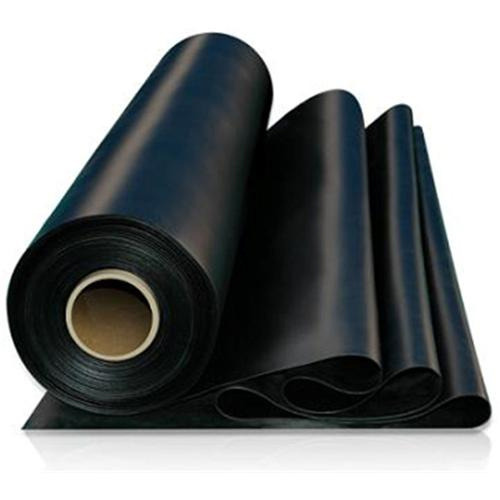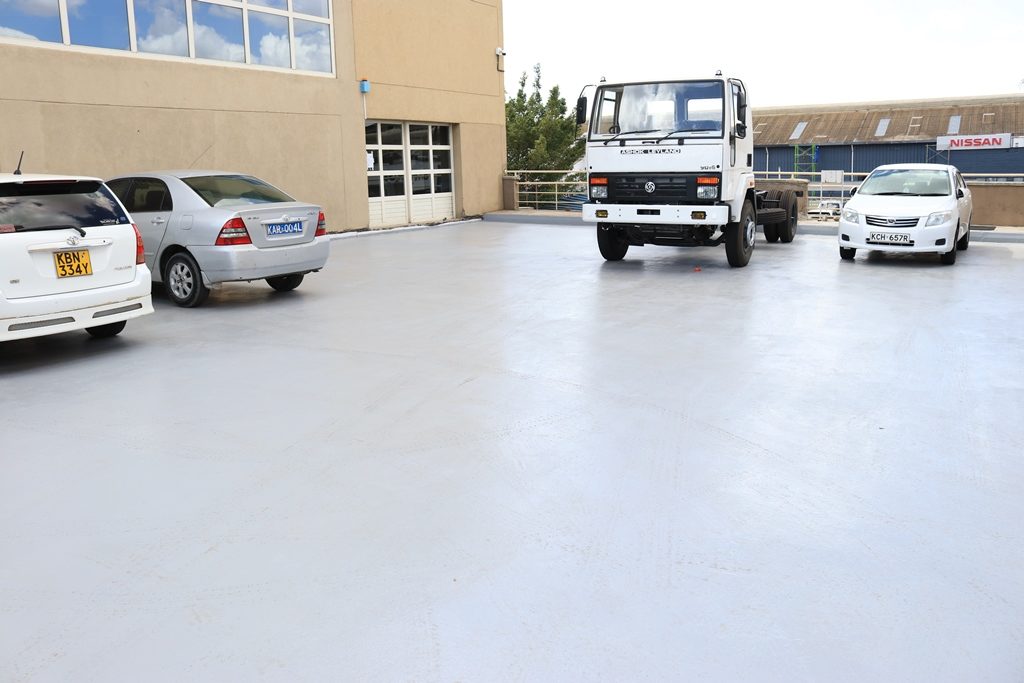
09 Sep waterproofing flat roofs and pitched roofs- Update guide


Generally, there are two types of roofs – flat roofs and pitched roofs.
Pitched roofs have steep slopes that make them less susceptible to leaks. Where we place emphasis on waterproofing is the gutters, especially on concrete and steel gutters. However, when they get worn-out or damaged, there’s a high likelihood that they will leak.
In the case of Flat roofs, workmanship and keen attention to detail need to be observed when applying waterproofing systems.
What products can be used to waterproof flat roofs?
- TPO membranes
- PVC sheets
- Reinforced Bitumen membranes
- Acrylic membranes
- Cementitious membranes
- EPDM membranes
- PU liquid membranes
- TPO membranes (Thermoplastic Polyolefin)
TPO waterproofing systems are sheets of rubber and other synthetics and reinforcing scrim. They come in rolls and are mostly white with high reflective properties. Its reflective properties make it the perfect choice if you want to conserve energy used in cooling. They are applied using an adhesive or mechanically fastened on the flat roof.
2. EPDM membranes (Ethylene Propylene Diene Monomer)
Ethylene Propylene Diene Monomer is a single-ply membrane that consists of a synthetic rubber compound that allows it to be flexible. They come in rolls that are black in color – meaning they retain heat.
3.Modified Bitumen membranes
Bitumen Membranes are made of reinforced fabrics composed of multiple layers that are fully adhered. These membranes are “modified” to make the waterproof system watertight. Modification implies that a polymer (a synthetic rubber or plastic) is mixed into the asphalt (the “bitumen”) during the manufacturing process. Modified membranes come in smooth surfaces or are granulated. These membranes may be heat welded, cold-adhered or self-adhered. In some applications, it is installed in a system of 2 or more layers. There are two types of modified bitumen membranes:
SBS modified membranes (styrene-butadiene-styrene) – These membranes combine asphalt with polymerized rubber for natural flexibility and elasticity. SBS performs perfectly for roofs under extreme temperature changes (high expansion and contraction). They are also suitable for roofs subject to higher wind speeds.
APP modified bitumen membranes (atactic polypropylene) – APP modified membranes consist of asphalt blended with plasticized polymers that become elastic under high temperatures. APP mod bit is less elastic but stronger than SBS-modified and has a higher resistance to UV radiation and high temperatures.
4.Acrylic membranes
They are cost-effective, UV resistant and resilient, acrylic based waterproofing membranes. Acrylic membranes are very easy to apply and the coating maintains its fresh sheen for years. Advantages of acrylic membranes is they can bond on any substrate –concrete, glass, wood, plastic, steel, etc. The only downside with acrylic membranes is they are less resistant when it comes to ponding water.
5. Cementitious membranes
Cementitious waterproofing membranes combine Portland cement with a waterproofing agent, typically a synthetic emulsion polymer. They are classified as either 1K (one-component) or 2K (two-component) systems. 1k systems are usually mixed with water prior to application. 2k systems come in two parts – liquid (specially designed polymer dispersion) and a powder component (contains mainly quartz sand, cement, thickeners and hydrophobic agents). The liquid component consists mainly of a specially designed polymer dispersion with excellent cement compatibility.
6. PVC membranes (PVC = Polyvinyl Chloride)
PVC waterproofing membranes are used as a single-ply waterproofing system. These pvc waterproofing membranes are fixed mechanically with hot air welding on the overlaps.
7. polyurethane liquid waterproofing membranes (PU membranes)
Polyurethane based waterproofing membranes are made up of two components, base and reactor. The combination of creates a liquid coating for waterproofing applications. They exhibit high load bearing capacity, excellent abrasion and impact resistance, good electrical resistance, high resistance to standing water, UV and chemical attacks.
Apart from waterproofing and flooring, PU is used virtually everywhere- from furniture, footwear, cars, appliances, bed mattresses, thermal insulation and coatings to corrosion protection.
8. Polyurea systems
These systems are two component, ultra-fast curing and UV resistant. Another way of looking at polyuria is as an advancement of polymer chemistry based on polyurethanes. Polyurea can only be applied using a plural spray gun machine.
9. Crystalline Waterproofing Systems
These systems are waterproofing crystalline systems ( admixtures or slurries) that are mixed or applied directly to the concrete roof slab. The concrete needs to be of a good class and the mix design should be done to reduce the porosity of the concrete as much as possible.

